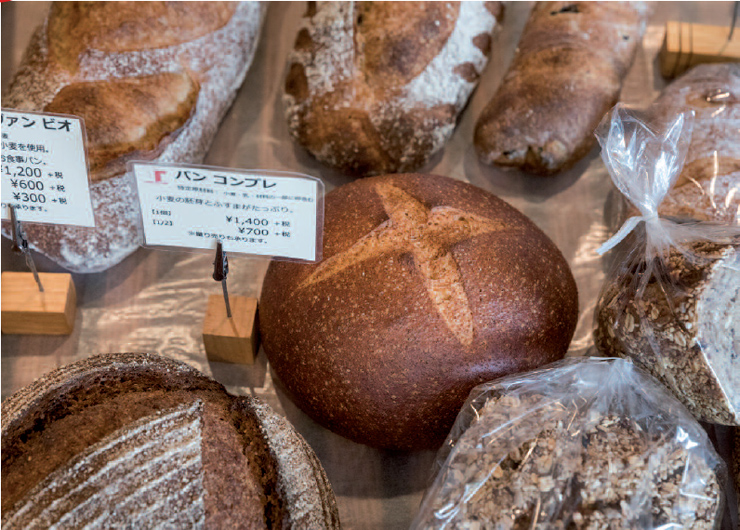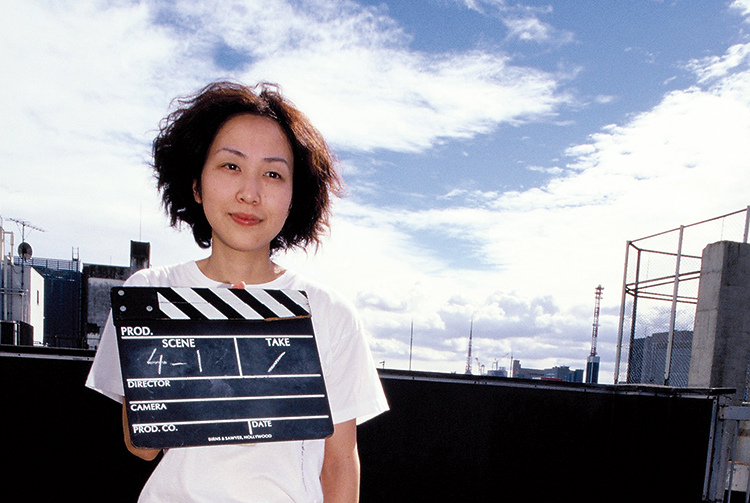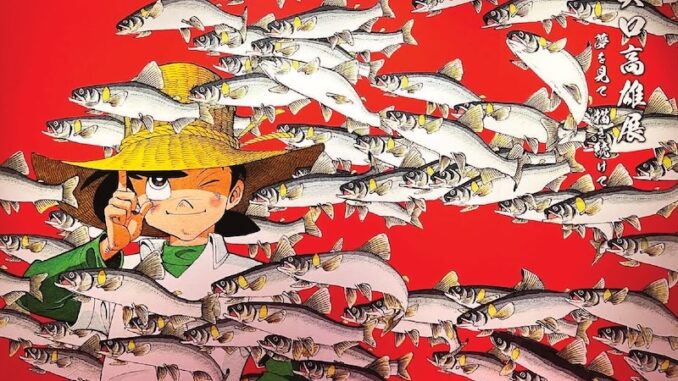
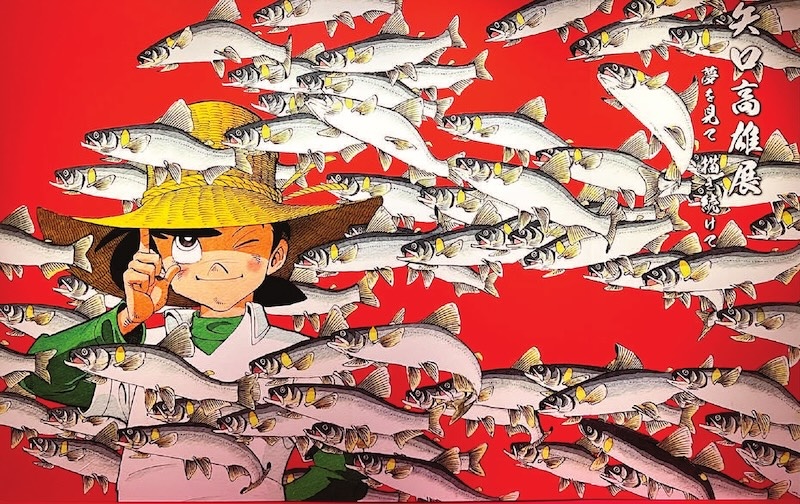
Among the many mangas that focus on nature, those dedicated to fishing hold a special place.
In the world of Japanese comics, the ever-busy editors are constantly on the lookout for interesting subjects to turn into potential best-sellers. Any topic is considered fair game, and fishing is no exception. Indeed, fishing has long been a favorite manga subject. The 1970s are considered the golden age of fishing manga, while more recently, many new comics have appeared on the bookstore shelves. The following is just a small selection of old and new fishing comics presented in chronological order.
Tsurikichi Sanpei (1973-83, 2001-10, 2018-20)
Known as Fisherman Sanpei in English, this is not only the Godfather of fishing comics but also the most accomplished from an artistic point of view. Author Yaguchi Takao was a master artist who beautifully portrayed the natural settings featured in his stories. This manga’s original run in Weekly Shonen Jump magazine was so successful that sparked a fishing boom across the country in the 1970s and 80s.
The protagonist, a boy named Mihira Sanpei, is a fishing genius whose grandfather is a master rod maker. The story is about Sanpei and his inexhaustible hunger for fishing. His first adventures take place in the Tohoku region where Sanpei lives (Yaguchi himself was from Akita Prefecture and his childhood memories form the basis for his first stories), but eventually, we are taken around Japan, from the Kushiro Wetlands of Hokkaido, where Sanpei tries to catch a mythical fish, to the tidal flats of the Ariake Sea in Kyushu, where he catches mudskippers on a mud sled. Sanpei even travels to Canada and Hawaii to catch big fish like salmon and marlin.
As Sanpei is constantly testing his fishing skills, he travels all over the country to challenge some strange and legendary fish. One of the more popular stories pits him against the takitaro, a giant fish that is said to live in Otoriike Pond in Yamagata Prefecture but nobody has ever managed to catch. The takitaro is actually classified as a so-called UMA (Unidentified Mysterious Animal) which means it may belong to the realm of fantasy.
One particular feature of Tsurikichi Sanpei is that it features a Yaguchi Fishing Corner in which the author himself comments on the content of his work and explains the technical details of Sanpei’s fishing adventures
Tsuribaka nisshi (1979-present)
Fishing Nut’s Diary is the other long-time best-seller in the fishing category, and differently from Tsurikichi Sanpei, it is still being serialized in Big Comic Original. This manga has even transcended both the comic world and fishing fandom as it was turned into a popular movie series that lasted for 22 installments between 1988 and 2009.
Hamasaki Densuke, also known as Hama-chan, is a regular salaryman who has no career ambition. His wife pushes him to pick up a hobby to impress his boss in order to get ahead, so he reluctantly takes up fishing… and ends up becoming addicted to it. As a result, he grows even more distant from any notions of advancing in his company’s pecking order. “After all,” he says, “if I get promoted, I will have less time to fish.” One day, Hama-chan invites an elderly man named Su-san, whom he met by chance, to go fishing. However, Su-san is none other than the president of the company for which Hama-chan works.
Tsuribaka nisshi is a little bit of a strange fish in this selection because though fishing plays a central role, the real heart of the story is Hama-chan’s strange friendship with Su-san and the problems that his fanaticism causes in his working life. Indeed, this series is popular as a salaryman manga as much as a fishing saga.
Mr. Tsuridoren (1996-2002)
Toda Katsuyuki’s manga is the light-hearted story of high school students who are addicted to bass fishing. The main character is Hiwa Koichi, a first-year high school student who wants to join the school’s basketball club but mistakenly ends up signing up for the Bass Get Fishing Club. There, he becomes friends with Chota, an expert angler who takes Koichi under his wing.
This manga came out when the bass fishing boom had not yet faded and it is a good entry point for beginners. It also features many parody-like appearances of celebrities who were popular at the time such as Sametaku (Sameura Takuya) who is modeled after Kimura Takuya, a member of the ultra-cool idol group SMAP. A more obscure reference is Gyorai Misa, a fisherman who specializes in snakehead fish, who is actually a homage to Kuroi Misa, the main character of the classic horror manga Eko Eko Azarak from the 1970s. By the way, the manga title, Mr. Tsuridoren, is a play between tsuri (fishing) and the popular pop-rock band Mr. Children.
Although this is a work with strong comedic elements, Toda takes the depiction of fishing quite seriously. Information about bass fishing is professionally presented, clearly illustrated and easy to understand even for beginners.
Okazu ga nakereba sakana o tsureba ii janai (2016)
If you don’t have a side dish, just catch a fish. Or how to choose a hobby that will also fill your stomach. The title of this autobiographical manga is Morikoshi Hamu’s motto. A manga artist and illustrator, Morikoshi and her salaryman husband are complete beginners and the story chronicles their struggles and mistakes in becoming decent anglers.
It takes them half a year to catch some fish, but eventually, they discover sabiki fishing, a relatively easy method best suited to catch blue fish such as sardines and mackerel using multiple hooks and a small plastic basket filled with bait. These small fish are often caught from the seawall, making sabiki fishing very popular with families and beginners.
Morikoshi’s style has a cute touch which makes her stories easy to relate to. Also, as implied by the title, this manga goes beyond catching fish and presents detailed instructions on how to cook simple home-style dishes like sashimi dipped in plum- or sesame-flavored sauces.
In other episodes, Morikoshi introduces how to deal with poisonous fish such as stingrays, talks about the wonders of the filefish, a fish that is pleasant to the touch, and the toilet situation for women at fishing spots.
Hōkago teibō nisshi (After-school Breakwater Journal) (2017-present).
Known as Diary of Our Days at the Breakwater in English, Kosaka Yasuyuki’s manga is the story of Tsurugi Hina, a girl who moves from Tokyo to her father’s hometown in Kumamoto Prefecture just before entering high school. One day, while taking a walk along the sea, she meets another high schooler, Kuroiwa Yuki, who is fishing on the breakwater. After borrowing her tackle, first-timer Hina somehow manages to catch an octopus that lands on her legs. However, Hina suffers from ichthyophobia (fear of touching raw fish). Yuki gets the octopus off her but not before making her promise that she will join the Breakwater Club.
There are a total of four members in the team, and the manga portrays not only their fishing activity but also how they handle and cook fish. From making fishing bait from crushed insects to cleaning an octopus, each episode introduces techniques and cooking methods for each type of fish.
As the story progresses, the girls’ range of activities expands, such as when they use their summer vacation to go on a fishing trip to the Goto Islands, a remote archipelago in Nagasaki Prefecture.
Ohitsuri-sama (2017-present)
Kamijo Seira is a 24-year-old office worker who is popular at her company because of her looks, work ethic, and personality. She is a talented but rather cool beauty who does not show much emotion. However, away from the office, she is a slightly eccentric girl who is always thinking about fishing. She is very independent-minded and always goes fishing alone (the manga title is a play on tsuri – fishing – and ohitori-sama i.e. people who enjoy being alone).
Having grown up in a family where everyone except her mother was crazy about fishing, Seira has been familiar with this hobby since she was a child. She is so good at it that she is registered as a record holder at the fishing gear store she frequents. Because she prefers to go fishing alone, most of Seira’s fishing scenes consist of monologues playing out inside her head. Indeed, her monologues are one of this work’s highlights.
Seira is by no means a picky angler and will go anywhere to catch some fish, including joining couples and other office workers at the local fishing pond and dropping lures into the waterways next to rice fields – where there are no other fishermen in sight – going after catfish.
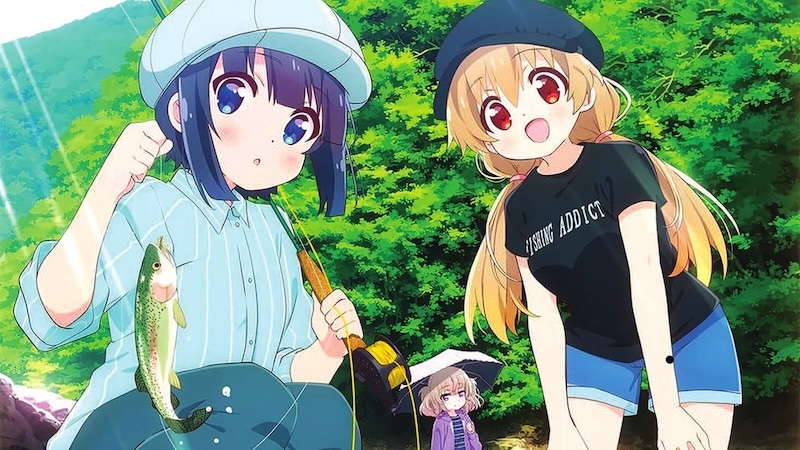
Miss Cast (2017)
Iiyama Kazuo is a mangaka who has authored several fishing-themed titles, and Miss Cast is another example of the recent trend of coupling fishing with cute girls – always a surefire way to attract otaku readers’ attention.
This story’s heroine is Mizukawa Makoto, a 26-year-old female talento (television personality) who is on the verge of being fired from her entertainment agency due to lack of work. Her manager gets her a job on a fishing show, and though she has no interest in fishing at all, she accepts out of desperation. Needless to say, Makoto gradually becomes addicted to the fun of fishing.
At first, the story revolves around fishing with lures in artificially managed fishing spots created in ponds and rivers, but after Volume 2, when Makoto gets used to fishing, the scope of her activities expands considerably as the producer of the fishing show, sensing her selling power, sends Makoto around the country and throws her into always different spots and situations for which she has absolutely no experience. This way, Makoto finds herself fishing for sea bass using lures on the shore and trying to catch rockfish. By Volume 3, Makoto obtains a boat license and goes out fishing by herself.
The funny thing about Makoto is that even though she is addicted to fishing, she keeps saying that she would rather do something else. Coupled with her celebrity-like strength of spirit, she becomes a type of protagonist not found in other fishing manga.
Tsuribito seikatsu (2017)
Yet another fishing manga from 2017 (a boom year for the genre), Sato Terushi’s Fishing Life is similar to Okazu ga nakereba… in being about a veteran manga artist’s intense, all-consuming fishing life.
Like all successful Japanese comic artists, Sato leads a hectic daily life, always trying to beat the weekly deadline. However, even when he finishes a new manuscript as late as 2 a.m., he then promptly jumps in his car and goes fishing with his equally tired editor.
The story’s authentic depiction of fishing is mainly set in Katsuyama, on Chiba Prefecture’s coast, where Sato fishes for black sea bream. This method involves using a short rod from a raft or small boat, and is especially popular in the Kansai region, while in the Kanto region there are only a few good spots in Chiba and Kanagawa.
The best thing about Tsuribito seikatsu’s slice-of-life stories is that it faithfully chronicles Sato’s adventures, both good and bad. While his main target is black sea bream, he often has to settle for mackerel and other such small fish. Another time, after getting off the boat, he tries to catch bluefin squid from the embankment but ends up going home empty-handed and is mocked mercilessly by his family.
While an easy read, this manga is extremely rich in information about fishing techniques and fishing spots in the Kanto area. Another appealing feature is that besides the usual familiar faces such as editors and assistants, Sato sometimes goes fishing with other fishing-loving celebrities such as Captain Tsubasa‘s Takahashi Yoichi.
Slow Loop (2018-present)
Uchino Maiko’s story is about Hiyori and Koharu, two girls who are in their first year of high school (another plot features commonly used to attract younger readers). They first meet on a pier where Hiyori is fishing. The clueless Koharu does not seem to know much about the ocean, and Hiyori literally catches her with a fishing line just before she dives into the freezing-cold winter sea. The two hit it off and soon become good friends, but are surprised to learn that they are about to become half-sisters because Hiyori’s mother is marrying Koharu’s father.
After moving together, they form a bond over fishing. They live in a town on the sea, and Hiyori is especially knowledgeable about fishing because she has always lived in the area and has been fishing since she was a child, when she used to catch fish with her late father. Hiyori specializes in fly fishing (an angling technique that uses an ultra-lightweight lure called an artificial fly, which typically mimics small invertebrates such as flying and aquatic insects to attract and catch fish) and teaches Koharu everything she needs to know about her passion. Since fly fishing has nothing to do with live bait, it is the perfect technique for Hiyori who hates insects. In this respect, Slow Loop is the perfect reading material for those who want to take up this kind of fishing.
Koharu, on his part, may not be an experienced angler but on the other hand, she can expertly handle fish and is good at cooking, so the two of them perfectly complement each other. By cooking the fish they catch and serving them to their family, they are also able to get to know their new parents better and create a stronger bond with them.
Gianni Simone
To learn more about this topic check out our other articles :
N°147 [FOCUS] Cinema : Miyazaki or the spiritual approach
Follow us !

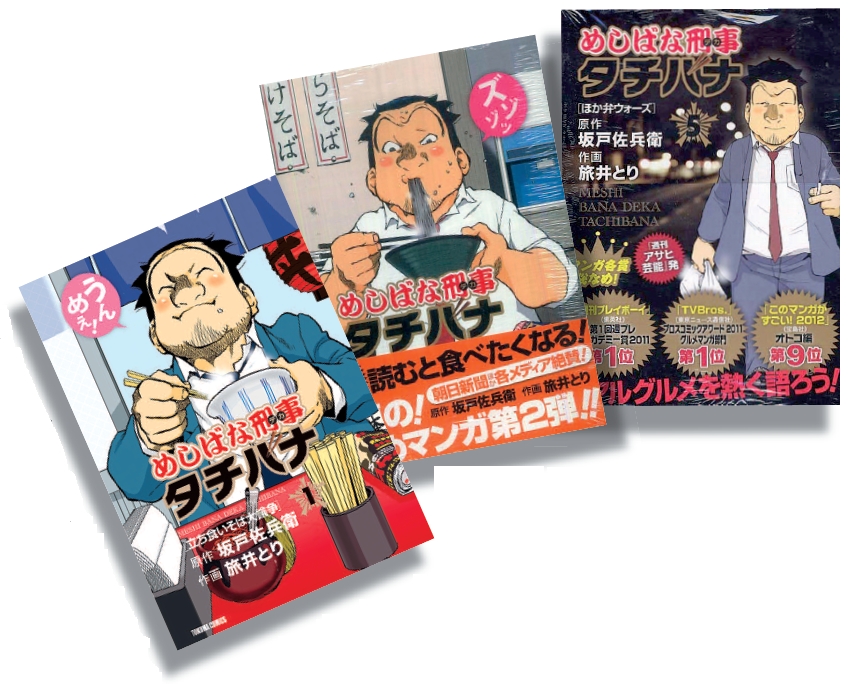
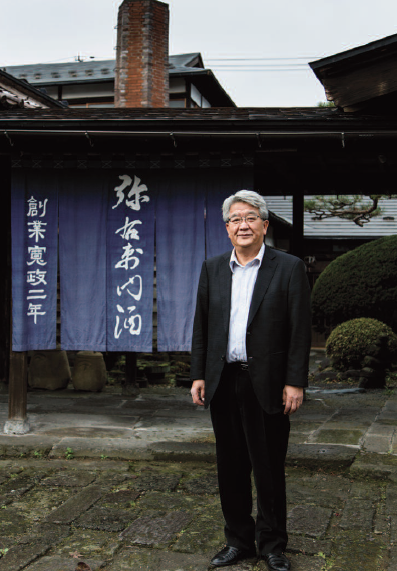
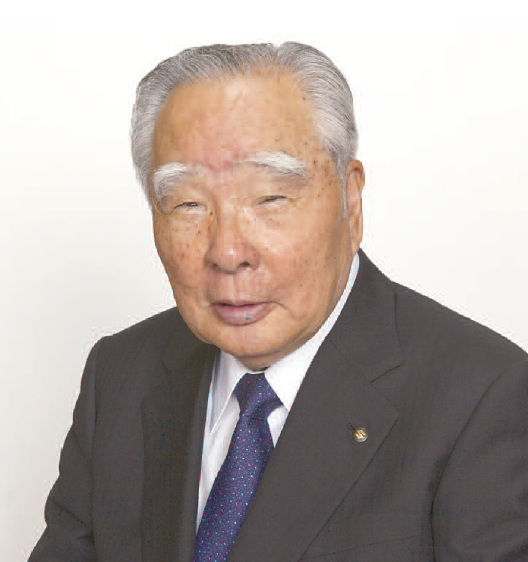

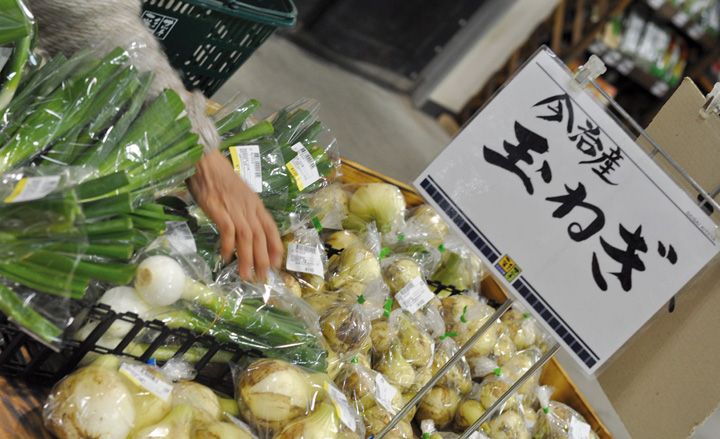

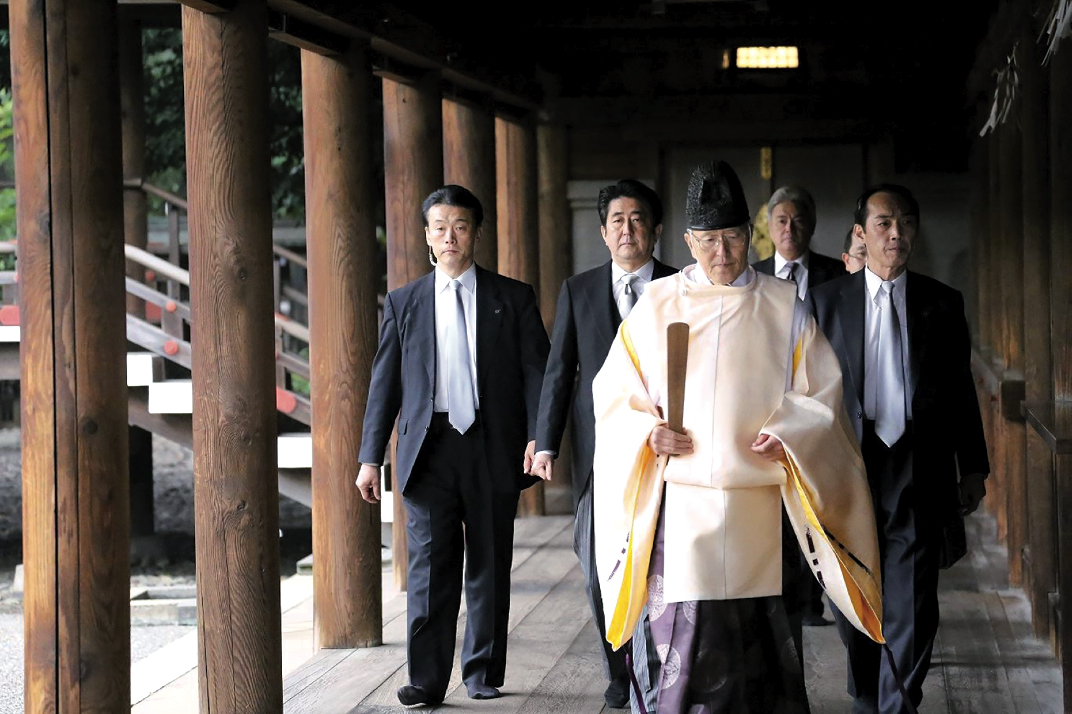
![No51 [MEMORY] A writer who cannot forget](https://www.zoomjapan.info/wp/wp-content/uploads/focus02.png)
